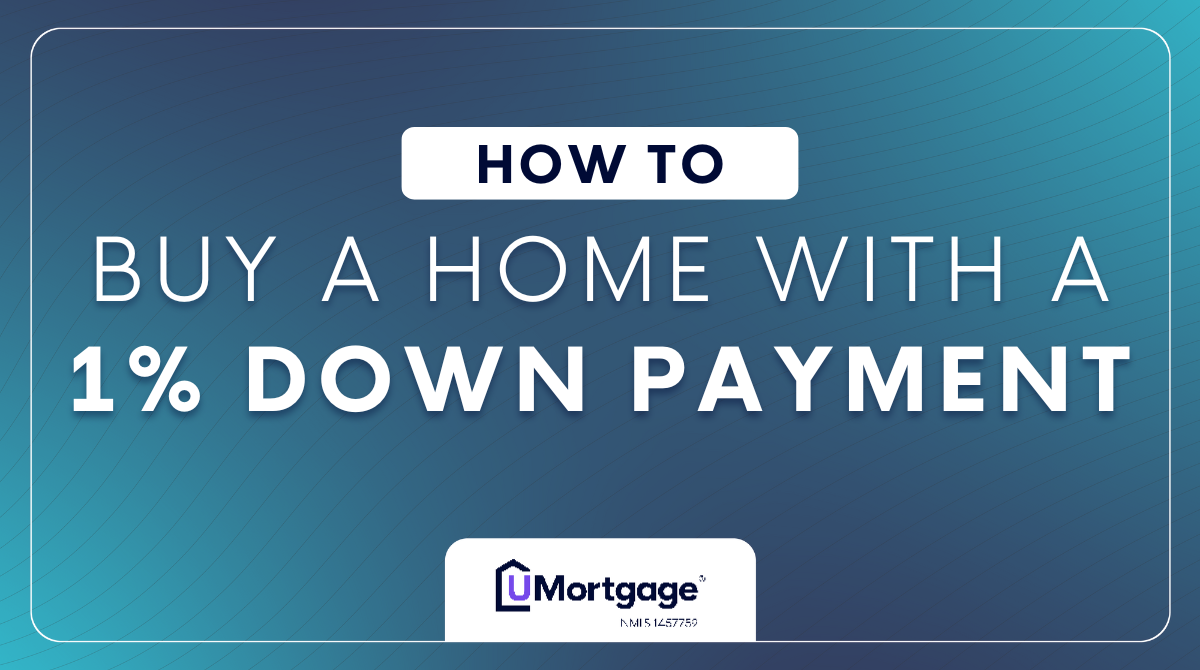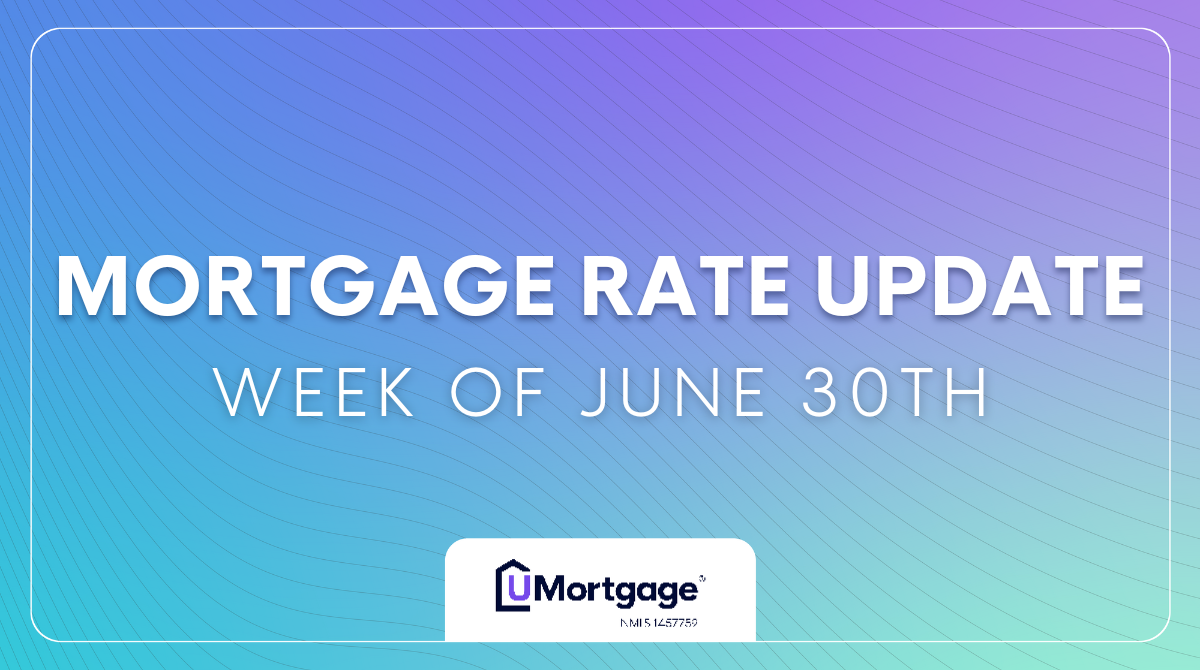

Andrew Cady
Meet Andrew!
Andrew Cady, aka “Epic Mortgage Guy”, a Jacksonville, Florida native, has been intimately involved with the local community for 20+ years building his family business in the southeastern United States. In early 2015, Andrew found his passion in the mortgage business, quickly becoming one of the top 1% loan officers in the country. Andrew has now truly mastered his profession, as evidenced by more than 500 five-star reviews, which speak volumes about the quality of service, passion, and communication he has provided not only for his clients, but also for countless associated real estate agents, transaction coordinators, and title agents. Andrew also greatly enjoys quality time with his wife, Krystal, and their four beautiful children: Brandon, Elizabeth, Sophia, and Anna. Spending time at the beach is the most popular family pass time.
Serving Homebuyers In:
- Florida
- Georgia
Mortgage Calculators
Monthly Payment
Find your monthly payment
What does a monthly mortgage payment look like for you? Get an estimate with some basic information.
Estimated Monthly Payment
The UMortgage mortgage calculators are for estimation purposes only. This is not a commitment to lend. For an exact quote based on your individual financial circumstances, please contact me.
Affordability
What is your budget?
Curious about how much you can afford to spend on a home? Use our calculator to get an estimate on your maximum budget.
Maximum Home Price
Maximum Monthly Payment
The UMortgage mortgage calculators are for estimation purposes only. This is not a commitment to lend. For an exact quote based on your individual financial circumstances, please contact me.
Refinance
Should you Refinance?
Refinancing might save money on your monthly mortgage payments, putting cash in your pocket. With some basic information from you, we can help decide if this is a good path for you.
Monthly Savings
Total Savings
The UMortgage mortgage calculators are for estimation purposes only. This is not a commitment to lend. For an exact quote based on your individual financial circumstances, please contact me.
VA Entitlement & Payments
Discover Your Buying Power With Our VA Home Loan Calculator!
If you are a veteran, an active-duty member of the military, or the spouse of a current or former military member, you are eligible to purchase a home with your VA home loan benefit! By using the calculator below, you can get a glimpse into your buying power and the estimated monthly payment of your VA loan as you start planning your homebuying journey.
Estimated Monthly Payment
Required Down Payment
Limit
$0
Entitlement Used
$0
Available Entitlement
$0
No Limit
How is my monthly payment calculated?
The UMortgage mortgage calculators are for estimation purposes only. This is not a commitment to lend. For an exact quote based on your individual financial circumstances, please contact me.
Your Mortgage Questions, Answered!

Your Guide to UMortgage's 1% Down Payment Program
In this guide, we’ll share how you can qualify for our 1% down payment program, the benefits homebuyers get with only 1% down, and how this exclusive option is making homeownership more accessible for everyday buyers. How Our 1% Down Payment Program Works With our Homeownership for All program, eligible buyers can purchase a home with just 1% down—and we’ll cover the rest, up to 2% or $7,000 in assistance. With our 1% Down Program, you’ll get: Up to $7,000 in down payment assistance A low-cost conventional loan with cancellable private mortgage insurance (PMI) once you reach 20% equity Financial flexibility with the option to use gift funds or a local first-time homebuyer grant program to cover your 1% down payment No additional second lien or repayment terms on the 2% or $7,000 down payment contribution See the full guide below to learn how our 1% down payment program works and helps you decide if it's the right path to homeownership for you. Why Consider 1% Down Here’s why eligible buyers choose our 1% down payment program: Lower Upfront Cost The biggest obstacle for many buyers is saving for a down payment. This program removes that barrier and lets you get in the door sooner. More Affordable Than an FHA Loan Unlike FHA loans, this program gives you access to a conventional loan with PMI that can be removed once you hit 20% equity. Room in Your Budget for Move-In Costs Save money for furniture, moving expenses, appliances, or even a rainy-day fund. Gift Funds Flexibility Friends or family can gift the entire 1% down and help you cover closing costs. No minimum borrower contribution required. How to Qualify for 1% Down Payment Program Income: Income at or below 80% of Area Medium Income (AMI) Credit Score: 620 FICO Down Payment: 1% (or remaining amount if 2% down payment assistance exceeds the $7,000 maximum) Debt-to-Income (DTI): Less than 50%, exact amount varies by borrower. Property Types Allowed: Primary home. Q: Can I buy a home with no money out of pocket? A: In some cases, yes! If you combine this program with local or state grant programs or receive gift funds, you may be able to buy with little to no money due at closing. Use our affordability calculator to get a snapshot of your homebuying budget Compare 1% Down vs. Conventional vs. FHA Loans Q: Which loan is best for low down payment buyers? A: If you have a 620+ credit score and qualify based on income, the 1% Down Program gives you the best of both worlds: low upfront costs and a conventional loan with cancelable PMI. How to Apply for the 1% Down Program Step 1: Pre-Qualification (60 Seconds) Answer a few quick questions online or with a UMortgage Loan Originator. Step 2: Get Custom Loan Options We’ll check your eligibility, show you rates, and explain how much assistance you qualify for. Step 3: Lock Your Rate Once you're happy with your rate, you can lock it in and start gathering documents for underwriting. Step 4: Close with Confidence We'll guide you every step of the way and help you close on your new home quickly and clearly. Frequently Asked Questions Q: How does the 1% down program work? A: You put down 1% of the purchase price, and UMortgage provides 2% of the down payment (up to $7,000). That gives you 3% equity, which is enough to qualify for a low-cost conventional loan. Q: Do I need to be a first-time homebuyer to qualify for 1% down? A: No. You don’t need to be a first-time buyer, you just need to meet the income and credit qualifications. Q: Is this available in my state? A: Yes! This is a nationwide program. Your UMortgage loan expert can help you confirm your eligibility based on your location and income. Q: Can I combine this with other assistance programs? A: Yes! If you qualify, you can stack this program with local or state first-time homebuyer grants to reduce your total upfront costs. The 1% down payment program can also be combined with our Temporary Rate Buydown product, giving you the option to secure a lower interest rate for the first few years of your loan. Talk to your UMortgage Loan Originator to see exactly what you qualify for. Q: Can I use gift funds for my portion? A: Yes. Your entire 1% down payment and closing costs can be covered by gift funds. Ready to learn more? Fill out this form to connect with a UMortgage Loan Originator in your area. *For informational purposes only. This program is available only for income-qualified borrowers and subject to eligibility under HomeReady® and Home Possible® guidelines. A minimum FICO score of 620 is required. UWM provides lender-paid assistance of 2% of the home’s purchase price (up to $7,000) toward the down payment; the borrower must contribute 1% of the purchase price. Total down payment must meet a minimum 3% requirement with a maximum 97% LTV. Available only for 30-year fixed-rate, primary residence purchases originated through the broker channel. Program is not available for condos, PUDs, or TRAC-eligible properties. Homeownership education is required for first-time homebuyers. Incentives such as the $2,500 pricing benefit for borrowers at or below 50% AMI are subject to specific criteria and may be removed upon any change of circumstance. Down payment assistance programs are subject to eligibility requirements and availability. Not all borrowers will qualify. This is not a commitment to lend. Terms and conditions apply. UMortgage LLC | NMLS ID 1457759 | Equal Housing Lender. For licensing information, visit www.nmlsconsumeraccess.org.*

Housing Market Update | Week of June 30th
After holding steady for nearly the entire month of June, mortgage rates finally dropped last week. This slow downward trend was driven mainly by headlines from Fed Governors suggesting that it could be time for a rate cut, as well as President Trump stating his intention to pick Jerome Powell’s successor as Federal Reserve Chairman. There’s been a lot of pressure on the Fed to cut rates from outside voices, and this week could ramp up that pressure with the right data. We have a short week ahead with the Fourth of July this Friday, but no shortage of data that could shift mortgage rates this week. It’s the last jobs week before the July 30th Fed Meeting, and if we want to see a rate cut in July, this week’s reports will need to show significant weakness in the labor market. Bad labor data this week would only increase pressure on the Fed to cut rates. With markets closed on Friday and some big data coming Thursday morning, let’s connect early in the week to make sure our clients don’t get caught in any market volatility. Last Week's Mortgage Rate Recap Rates Dropped Mortgage rates finally dropped last week, but not because of Friday’s PCE inflation report. On Wednesday night, President Trump announced that he is considering nominating his pick to succeed Fed Chair Powell 11 months before Powell’s term ends. This move would undermine Powell and increase pressure on the Fed to cut rates. This caused the 10-year yield to dip, driving mortgage rates slightly lower. This dip came to a halt on Friday morning as the PCE report, the Fed’s preferred measure of inflation, showed that headline inflation rose 1% in May and 2.3% year-over-year. This was right in line with market estimates and prevented bonds from continuing to drop into the weekend. This Week's Mortgage Rate Forecast Rates Could Be Volatile This week is jobs week, with four major labor reports coming between Tuesday and Thursday. Continuing jobless claims, which record the number of people who have filed for and are currently receiving unemployment benefits, hit a 3-year high last week. This means that unemployed individuals are having a harder time finding a new job, which could hint at increasing weakness in the labor market. Here’s what’s coming this week: Tuesday: Job Openings, Losses, and Turnover Survey (JOLTS) Wednesday: ADP Employment Report Thursday: Bureau of Labor Statistics (BLS) Jobs Report, Initial Jobless Claims The markets expect 120,000 jobs created in the ADP report and 115,000 in the BLS report, as well as an increase in the unemployment rate to 4.3%. All signs point to a labor market that continues to weaken, but will this week’s data be weak enough to prompt the Fed to act this month? If we see weak labor data this week, the table is set for lower mortgage rates. Typically, markets tend to overreact when a report like the BLS report is released the day before a 3-day weekend. While we might see rates drop, make sure to make sure to stay in touch with your UMortgage Loan Originator so your clients don’t get caught in any potential market volatility as they enjoy their July 4th festivities.

What Are Seller Concessions? A Simple Guide for Homebuyers and Sellers
What Are Seller Concessions? A Simple Guide for Homebuyers and Sellers Buying a home comes with a lot of upfront costs. Between the down payment, closing costs, prepaid taxes, and insurance, the amount you owe at closing can add up fast. That’s where seller concessions can come in. Whether you're a homebuyer looking for a little financial relief or a seller trying to attract more offers, this guide will walk you through what seller concessions are, how they work, and how they benefit both sides of the transaction. What Are Seller Concessions? Seller concessions are when the home seller agrees to pay certain costs on behalf of the buyer as part of the purchase agreement. Seller concessions most often cover things like title fees, taxes, insurance, and other expenses that come due at closing. Instead of reducing the sale price of the home, a seller might agree to pay some of the buyer’s costs to help make the purchase more affordable. It’s a way to get creative with negotiations, especially in a market where buyers may be struggling with high interest rates or limited cash. How Do Seller Concessions Work? Here’s an example: Let’s say you're buying a $300,000 home and ask the seller to contribute 3% of the purchase price ($9,000) toward your closing costs. If the seller agrees, that $9,000 can go toward things like your appraisal fee, loan origination fee, or even buying down your interest rate. The key thing to remember is that seller concessions must be negotiated upfront and written into the purchase contract. Your mortgage also needs to allow them, and each loan type sets limits on how much a seller can contribute. We’ll touch on that shortly. What Can Seller Concessions Cover? Seller concessions can be used to cover many of the upfront costs involved in purchasing a home, including appraisal fees, title insurance, loan origination fees, property taxes, and homeowners’ insurance. Seller concessions cannot be used for your down payment or to help a borrower qualify for the loan; they’re only allowed to cover closing costs and prepaid expenses. Seller Concession Limits by Loan Type Each loan program has its own rules about how much a seller can contribute. Here's a quick breakdown: Conventional Loans: Less than 10% down: The seller can contribute up to 3% of the home’s price. 10% to 25% down: Up to 6% in concessions allowed. More than 25% down: Up to 9% in concessions. Investment properties: Only 2% allowed, regardless of down payment. FHA Loans: Flat 6% seller concession limit regardless of the down payment amount. VA Loans: The seller can contribute up to 4% in concessions, in addition to paying for standard closing costs as permitted by the VA. This 4% can be used to pay off a buyer’s debt, cover prepaid expenses, or even fund a temporary buydown. USDA Loans The seller can contribute up to 6% of the home’s purchase price toward the buyer’s closing costs and prepaid expenses. Why You Should Negotiate Seller Concessions as a Homebuyer or Seller Seller concessions have plenty of benefits for both homebuyers and sellers. Here’s why you should consider them depending on your side of the transaction. How Seller Concessions Benefit Homebuyers Lower Out-of-Pocket Costs: Concessions reduce the cash you need to bring to the table at closing. Easier Loan Approval: By lowering your upfront costs, you may have more flexibility in choosing your loan program or interest rate. Buydown Opportunities: You can use concessions to buy down your interest rate, which can lower your monthly payment for the life of the loan. How Seller Concessions Benefit Sellers Attract More Buyers: In a market with less demand, offering concessions can help your home stand out and attract more buyers. Faster Closings: Buyers who receive concessions may be more motivated and financially ready to close on time. Higher Sale Price: In some cases, sellers can offer concessions instead of reducing the list price. Seller concessions are a powerful tool that can make homeownership more accessible for buyers and help sellers move their homes more quickly. Whether you're buying or selling, working with a local mortgage expert can help you understand exactly how seller concessions fit into your overall game plan. Ready to talk through your options? Follow this link to get connected with a UMortgage Loan Originator near you.
Serving Homebuyers In:
- Florida
- Georgia
